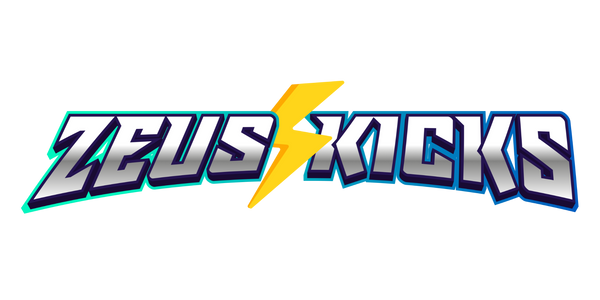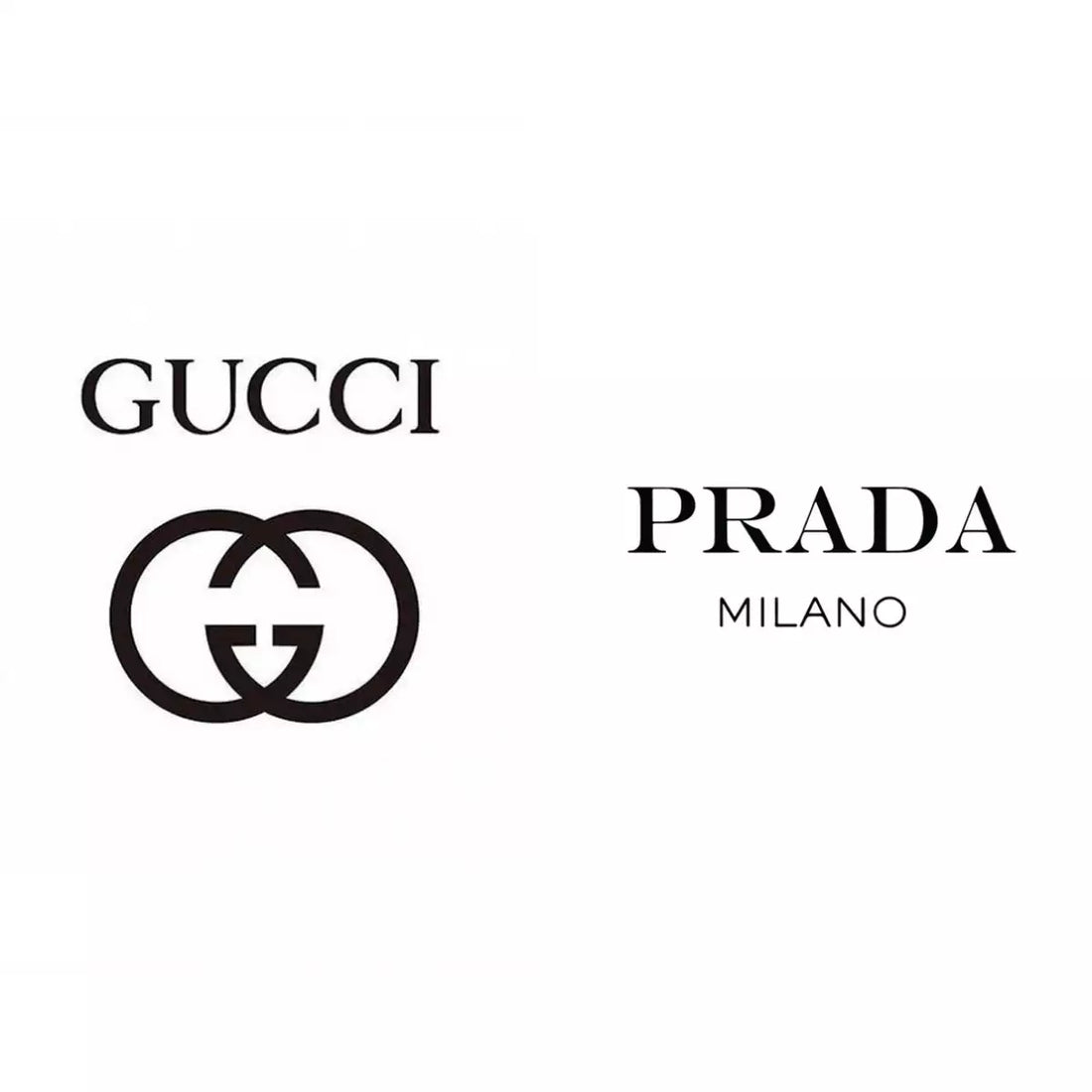The Rise of Logo-Centric Fashion 🚀
Logomania, the trend of prominently displaying brand logos on clothing and accessories, has been a defining feature of the fashion landscape for decades. From subtle embroidery to bold, all-over prints, logos have become a powerful tool for self-expression and status signaling. Two iconic Italian fashion houses, Gucci and Prada, have played pivotal roles in shaping this phenomenon.
Gucci: From Subtle Elegance to Maximalist Expression 🐍✨
Founded in 1921, Gucci initially embraced a more understated approach to branding. The interlocking G's, introduced in the 1960s, were originally used sparingly on leather goods. However, the 1990s saw a shift towards more prominent logo usage under Tom Ford's creative direction.
The true logomania explosion for Gucci came with Alessandro Michele's appointment as creative director in 2015. Michele reintroduced and reimagined vintage Gucci logos, incorporating them into bold, maximalist designs. The iconic GG monogram was plastered across everything from sneakers to suits, often combined with other eye-catching elements like embroidery and sequins.
Prada: Intellectual Minimalism Meets Strategic Branding 🔺🖤
Prada, founded in 1913, has historically taken a more restrained approach to logo usage. The brand's iconic inverted triangle logo, introduced in 1919, was initially used primarily on travel trunks and leather goods.
Unlike Gucci's embrace of logo-heavy designs, Prada's evolution of logomania has been more subtle and intellectual. In the 1990s, Miuccia Prada introduced the now-famous nylon backpack with a small, discreet logo – a move that paradoxically made the brand even more recognizable.
In recent years, Prada has strategically increased its logo visibility, particularly in streetwear-inspired collections. However, the brand maintains a balance between logo-centric pieces and its signature minimalist aesthetic.
The Ebb and Flow of Logo Love 🌊💎
Both Gucci and Prada have adapted their approaches to logomania in response to changing consumer preferences:
- Gucci has begun to tone down its most extravagant logo usage, introducing more subtle interpretations of its iconic symbols.
- Prada continues to experiment with logo placement and size, but always with a sense of restraint and intellectual appeal.
The Future of Logomania 🔮👀
As we move forward, the concept of logomania is evolving. Consumers are becoming more discerning, seeking brands that align with their values beyond mere status symbols. Both Gucci and Prada are responding to this shift:
- Gucci is focusing on sustainability and inclusivity, incorporating these values into its branding strategy.
- Prada is doubling down on its intellectual image, using its logo to signify not just luxury, but also cultural relevance and forward-thinking design.
Conclusion 🏁💫
The evolution of logomania, as exemplified by Gucci and Prada, reflects broader changes in fashion and consumer culture. While logos remain a powerful branding tool, their usage is becoming more nuanced and meaningful. As these iconic brands continue to adapt, they're redefining what it means to wear a logo in the 21st century.
#Logomania #FashionEvolution #GucciVsPrada #LuxuryBrands #FashionTrends #BrandingStrategy #DesignerLogos #StyleIcon #FashionHistory #StreetStyle #HighFashion #ItalianFashion #FashionIndustry #ConsumerCulture #FashionMarketing #LuxuryLifestyle #FashionInnovation #BrandIdentity #FashionPsychology #SustainableFashion

